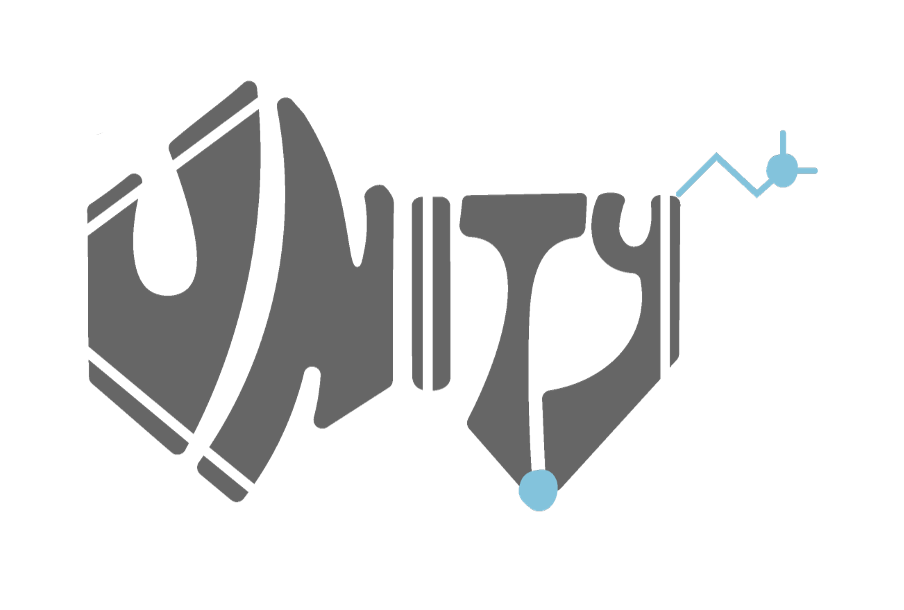The psychedelic renaissance is again upon us, and this time, the UNITy team are a large part of it. Thus far, most studies have focused on the therapeutic potential for psychedelics as a treatment for post-traumatic stress disorder (PTSD), depression and manic depressive disorder (MDD). While our work builds on these findings, we would also like to extend the treatment to alcoholism. Our other main outcomes will include language (led by Jeremy Skipper), visual systems (led by Tessa Decker) and mental wellbeing (led by Sunjeev Kamboj).
Our lab has already demonstrated the safety and effectiveness of ketamine (e.g., Ravi Das 2019) for alcoholism and the therapeutic effect of MDMA (e.g., Sunjeev Kamboj 2015). N,N-Dimethyltryptamine (DMT) will be the next focus of our modern neuroimaging techniques.
With the backing of UCL and their facilities, including 3T Prisma and 1.5T Avanto scanners within the specialised scanning hub BUCNI (Birkbeck - UCL Centre for NeuroImaging), our research will contribute to the (ever growing) worldwide movement to identify mechanisms of psychedelic action.
We will soon begin piloting for the DMT fMRI study, wherein participants will complete the naturalistic task of watching a full length movie while in the scanner to collect accurate data, reflective of the real world. This will be compared to the inner movie experience while under the influence of DMT.
Research Papers:
Dekker, T., Nardini, M., & Jones, P. (2021). Model-based MRI and psychophysics reveal crucial role of decision-making in visual development in childhood. Journal of Vision, 21(9), 34-34.
Aliko, S., Huang, J., Gheorghiu, F., Meliss, S., & Skipper, J. I. (2020). A naturalistic neuroimaging database for understanding the brain using ecological stimuli. Scientific Data, 7(1), 1-21.
Dekker, T. M., Farahbakhsh, M., Atkinson, J., Braddick, O. J., & Jones, P. R. (2020). Development of the spatial contrast sensitivity function (CSF) during childhood: Analysis of previous findings and new psychophysical data. Journal of vision, 20(13), 4-4.
Das, R. K., Gale, G., Walsh, K., Hennessy, V. E., Iskandar, G., Mordecai, L. A., ... & Kamboj, S. K. (2019). Ketamine can reduce harmful drinking by pharmacologically rewriting drinking memories. Nature communications, 10(1), 1-10.
Kamboj, S. K., Walldén, Y. S., Falconer, C. J., Alotaibi, M. R., Blagbrough, I. S., Husbands, S. M., & Freeman, T. P. (2018). Additive effects of 3, 4-methylenedioxymethamphetamine (MDMA) and compassionate imagery on self-compassion in recreational users of ecstasy. Mindfulness, 9(4), 1134-1145.
Skipper, J. I. (2015). The NOLB model: A model of the natural organization of language and the brain.
Kamboj, S. K., Kilford, E. J., Minchin, S., Moss, A., Lawn, W., Das, R. K., ... & Freeman, T. P. (2015). Recreational 3, 4-methylenedioxy-N-methylamphetamine (MDMA) or ‘ecstasy’and self-focused compassion: preliminary steps in the development of a therapeutic psychopharmacology of contemplative practices. Journal of Psychopharmacology, 29(9), 961-970.
Skipper, J. I., Van Wassenhove, V., Nusbaum, H. C., & Small, S. L. (2007). Hearing lips and seeing voices: how cortical areas supporting speech production mediate audiovisual speech perception. Cerebral Cortex, 17(10), 2387-2399.
Skipper, J. I., Nusbaum, H. C., & Small, S. L. (2005). Listening to talking faces: motor cortical activation during speech perception. Neuroimage, 25(1), 76-89.



